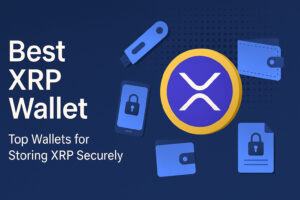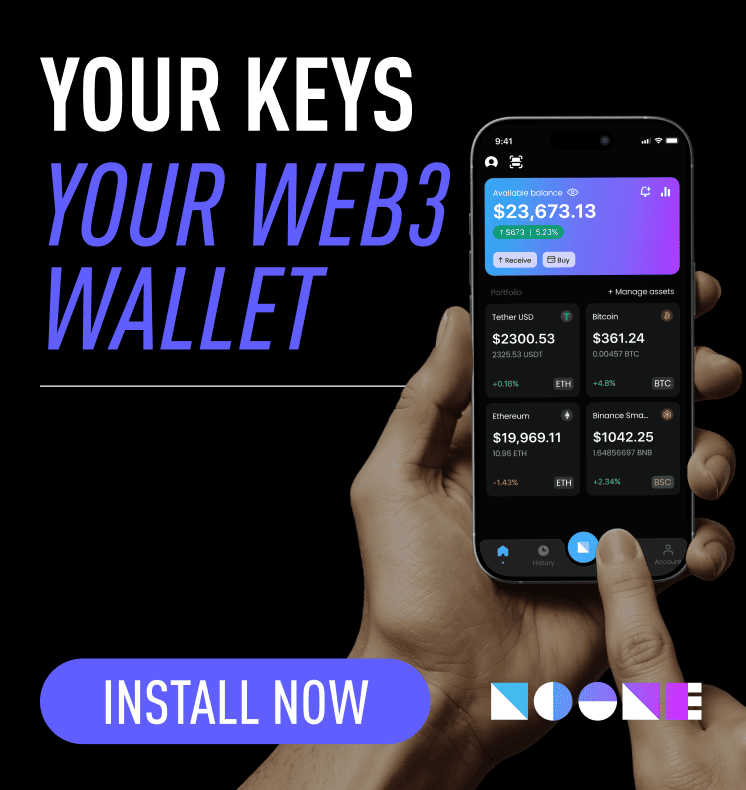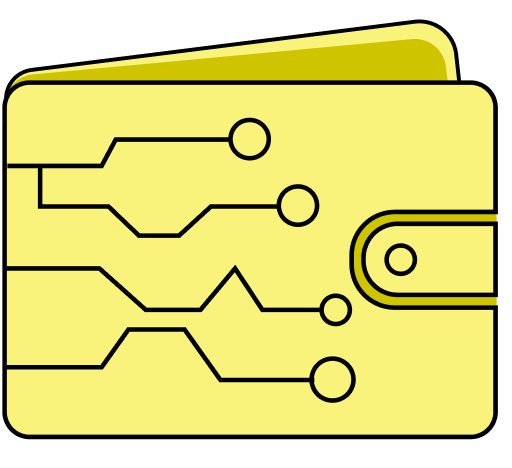Introduction
Choosing the best XRP wallet is a key step for anyone holding or planning to acquire XRP. A wallet should match your level of expertise, how often you move funds, and the security you need. XRP’s fast settlement times and low fees make it a popular choice for global transfers, so having the right wallet can save you time and money. In this guide, we’ll walk through the main wallet types, spotlight their strengths, and help you find the fit for your needs.

Comparison of hardware, mobile, and web wallets for XRP storage.
What Makes an XRP Wallet Unique?
An XRP wallet stores your keys—the secret codes that prove you own your XRP—and lets you send or receive tokens. Unlike some other networks, every XRP address must hold a 10 XRP minimum balance to stay active. Think of that as a parking fee that keeps unused addresses out of the system and prevents spam.
Behind the scenes, XRP relies on a consensus method instead of mining, so confirmations happen in seconds and cost fractions of a penny. Since anyone can run a validator node, the network stays transparent and open-source. Your wallet connects you to that system, so its design affects how you interact with XRP’s ledger.
Beyond basic storage, wallets differ in how they handle backups, device syncing, and extra verification steps. Some offer password or biometric locks, while others guide you through recovery seed phrases. Asking yourself how you plan to use XRP most often will point you toward the right balance of simplicity and safety.
Securing Your XRP With Hardware Options
Hardware wallets are like vaults that never touch the internet. They keep your private keys on a physical device, so even if your computer is infected, your funds stay out of reach. Imagine carrying a safe in your pocket but opening it only when you need to sign a transaction.
Popular models such as Ledger Nano X and Trezor Model T support XRP alongside dozens of other tokens. You install a companion app on your computer or phone, plug in the device, approve the transaction on the device screen, and you’re done. That extra step with physical buttons adds a clear barrier against remote hacks.
The main trade-off is speed: you won’t whip out a hardware wallet for a quick payback. If you tend to hold large balances long term and only cash out once in a while, hardware is ideal. Just remember to store your recovery seed in a safe, offline spot—losing it means losing your funds.
Balancing Convenience and Control With Software Wallets
Software wallets live on your desktop or laptop and keep your keys on your hard drive. They give you direct control but rely on your device’s security. Think of them as a digital safe: easy to open when needed, but only as secure as your computer practices.
XUMM Wallet, built expressly for XRP, offers a clear view of destination tags, trust lines, and even simple dApp interactions. If you like exploring XRP’s on-chain features, it feels a bit like having a Swiss Army knife for transactions. Just be ready for a learning curve if you’ve never set up trust lines or issued tokens.
Exodus Wallet trades some of that specificity for a polished interface covering more than 100 cryptocurrencies. You can swap coins inside the app and track your portfolio in one place. It makes everyday use a breeze, though you lose a few XRP-specific tools compared with XRPL-native clients.
On-the-Go Access via Mobile Wallets
Mobile wallets fit in your pocket and let you check balances or send XRP while you’re commuting, grabbing coffee, or waiting in line. They act like a debit card for XRP, but the card is your smartphone.
Trust Wallet and Edge Wallet shine with mobile-first design, letting you scan QR codes, switch networks, and back up your seed phrase within minutes of installing. If you ever lose your phone, you can drop your seed into a new install and regain access—so long as you kept that backup safe.
The trade-off here is your phone’s security. If you click suspicious links or install risky apps, you could expose your wallet. Treat your mobile device like a high-value device: use screen locks, only install vetted software, and keep your operating system up to date.
Quick Access With Web Wallets
Web wallets live in your browser and let you log in from any device—no installations needed. They behave like online banking portals, so they’re handy when you want instant access. Just type in your credentials and go.
GateHub, for example, lets you trade XRP against other assets right in the same interface. It’s as if your wallet and exchange were rolled into one dashboard. For fast swaps or checking the market, it feels natural. Just note that GateHub operates custodially: you trust them with your private keys during use.
If you only keep small amounts in a web wallet and move the rest to a more secure option, you’ll strike a reasonable balance. Treat it like your checking account and leave long-term savings in a cold wallet.
Going Old-School: Paper Wallets
A paper wallet is literally a printout or handwritten note of your public and private keys. It never touches a network, so it can’t be hacked over the internet. Think of it as rolling your own coin storage.
You create one by generating keys offline, printing the results on clean paper, and stashing it in a locked drawer or safe. No device can fail, no software gets corrupted. As long as the paper survives, your XRP does too.
On the flip side, paper can fade, tear, or end up in the recycling bin by mistake. You also need to import or sweep those keys into another wallet to spend your funds, which can be awkward if you only hold a few XRP. It’s a perfect choice if you plan to tuck away a lump sum for years.
Choosing a Multi-Asset Wallet for Diversification
Many people hold more than just XRP, so a single wallet supporting multiple tokens can simplify things. It’s like using one bank that offers checking, savings, and investment accounts all under one roof.
Atomic Wallet and Guarda Wallet let you store XRP alongside Bitcoin, Ethereum, stablecoins, and many more. They include built-in swaps and staking options for some networks, so you manage everything without bouncing between apps.
Remember that wider support often means a slightly more complex interface. If you don’t need every feature, a single-purpose XRP wallet may keep your daily experience cleaner. But for active traders or portfolio holders, multi-asset wallets can save you time.
Conclusion
Finding the best XRP wallet comes down to how you balance security, convenience, and the features you need. If you value iron-clad protection, hardware wallets win. If you live and breathe XRP’s unique features, an XRPL-native client like XUMM will suit you. For daily use, mobile and multi-asset wallets deliver flexibility. No matter which path you choose, back up your seed phrase, update regularly, and download software only from official sources. Your XRP deserves a home that matches your habits and keeps your funds safe.














 Twitter
Twitter
 Telegram
Telegram
